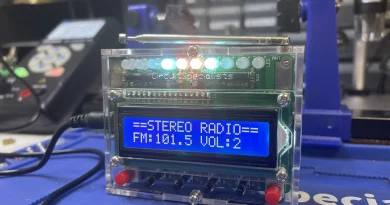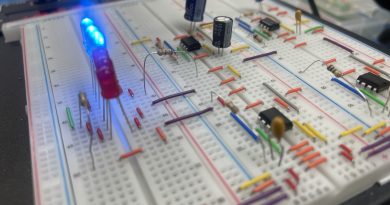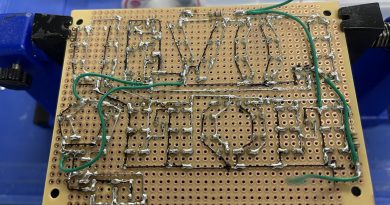Differences Between Tin/Lead and Lead-Free Solder
Never mix traditional tin/lead solder with lead-free solder because it will decrease the joint’s strength. Lead-free parts can be used with traditional solder. Attempt to use lead-free parts, resistors, capacitors, ICs, etc. even if you aren’t yet using lead-free solder as it will make the conversion easier when you do switch over. Various consumables, such as flux and tip cleaners, should be designed for use with lead-free solder: flux will need to be able to withstand higher temperatures and lengthier dwell times, and tip cleaners occasionally have traditional solder in them which can contaminate your solder joints.
Many types of fluxes can’t sustain high soldering temperatures and that can lead to flux charring, which happens when weak fluxes blacken the soldering iron tip and make re-tinning practically impossible, and this in turn dramatically reduces heat transfer. It’s of utmost importance to buy the right flux when working with lead-free solder.
Lead-free solder requires higher soldering iron temperatures. You should also have longer dwell times as a result of the higher melting points. In addition spread or wetting will be slightly slower when using lead-free solder. While traditional tin/lead solder joints are shiny, lead-free solder joints are a little dull in appearance.
Make sure to keep your soldering iron clean and coated with solder alloy, because the requisite temperatures cause oxidation to occur more quickly, and solder tips must be cleaned and tinned with greater frequency. Clean your tip clean with a sponge and keep the tip fully tinned with a small amount of solder. Lead-free solder will reduce the life of you solder tip, but not significantly if you take the necessary precautions.
Unfortunately lead-free solder is more likely to have solder bridges (i.e. shorts) and tin whisker growth can also occur, so you need to be experienced with a soldering iron when working with lead-free solder.
Because of the higher temperatures, lead-free soldering is a different experience but, if you can solder with tin/lead solder, you can solder with its lead-free counterpart. Keep in mind that soldering takes practice. Find an old circuit board and solder, desolder, and resolder various components; before long you’ll be soldering with confidence. Soldering well requires consistency and that only comes with practice, experience, and knowledge.


